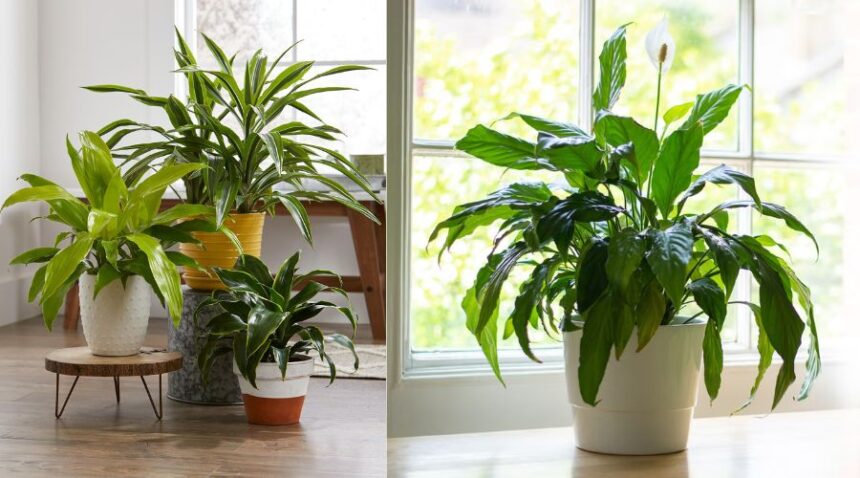One of the many skills needed for indoor gardening is creating various microenvironments at home, such as a warm, humid, or drafty low-light nook. Don’t give up, though. Anyone can become proficient at it. Choose a plant with the bare necessities for survival. Align its position and allow your plant to flourish.
Here are some factors to look out for:
Low Light
Many plants need low light, so look for them and put them along the inside walls or facing north; they develop more slowly but may benefit from brighter or medium light.
Medium/Bright, Indirect/Filtered Light
These plants can be placed in windows that face either east or west.
Bright/High Light
The finest windows for these plants are those that face south or southwest.
Here are 5 indoor plants to decorate your stay:
1. POTHOS (Epipremnum aureum)
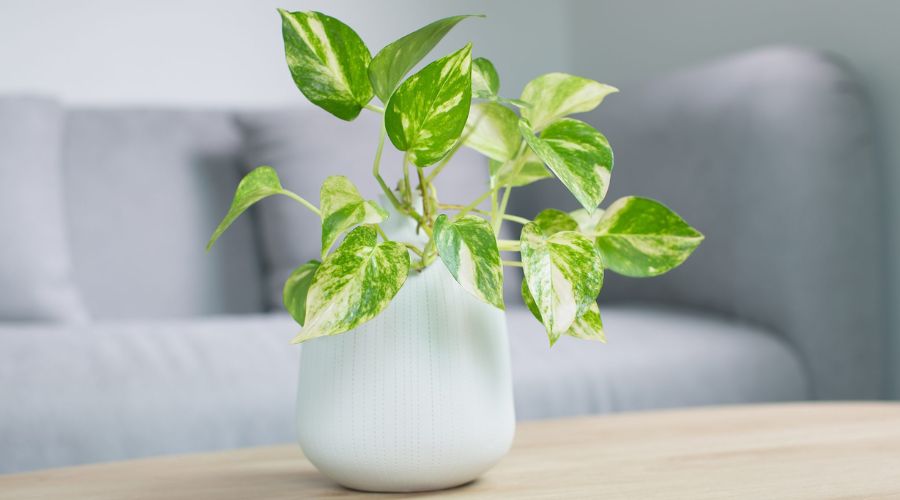
Size: Vines 6 to 10 feet long.
Water: Keep intervals while watering your plant.
Fertilize: As these are light feeders, a balanced liquid fertilizer is needed every 1 to 3 months.
These are among the simplest houseplants to grow. The tropical vine comes in a variety of foliage colors and patterns. You can trim the pothos and keep it compact. The trails can hang out from the basket or climb vertical support.
2. PHILODENDRON (Philodendron spp.)
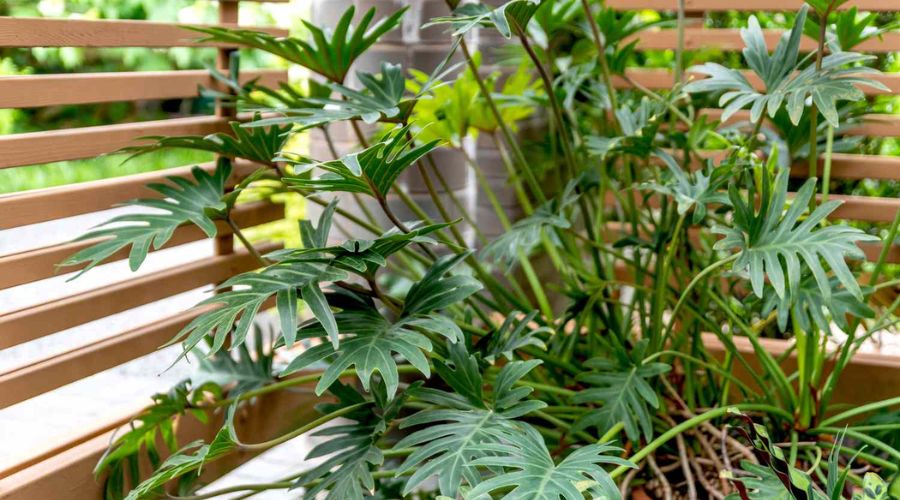
Size: 8-foot-long vines.
Water: Prefers soil that is uniformly moist but not saturated. Wait till the top soil runs dry.
Fertilize: From spring through fall, apply a fertilizer that dissolves in water to houseplants.
Another houseplant that is simple to grow. It can tolerate low light levels; however, growth may be accelerated in medium or bright lighting. It is available in a wide range of sizes, shapes, and colors. These plants can also be grown on balconies if the weather outside is pleasant.
3. PRAYER PLANT (Calathea spp.)
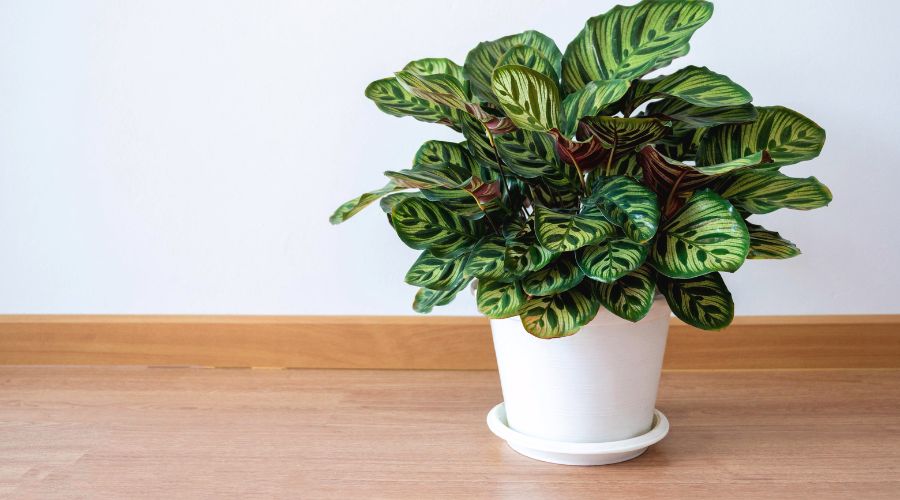
Dimensions: Up to three feet
Water: Keep the water uniformly wet. Avoid letting it become too wet or dry out entirely. Use distilled or filtered water because it could be sensitive to tap water.
Fertilize: From spring to fall, once per month.
This ornamental foliage plant is sometimes referred to as the zebra plant, peacock plant, or rattlesnake plant. Its shapes, colors, and patterns make it popular. Repot the plant in the early spring because these plants dislike having their roots disturbed.
4. BIRD’S NEST FERN (Asplenium nidus)
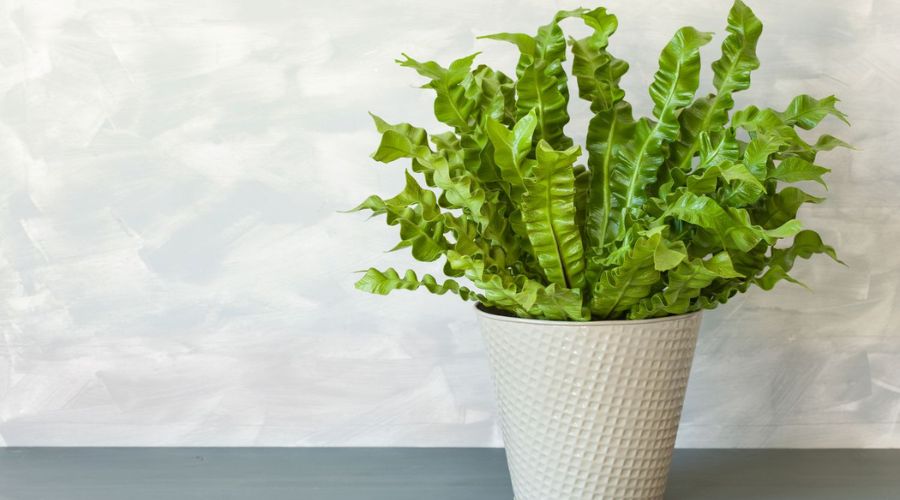
Size: It can grow up to two feet tall.
Water: Try to keep the soil evenly moist. Water the rosette’s edge to prevent water from pooling in the middle and causing rot. Yellow leaves indicate overwatering.
Fertilize: Use a diluted houseplant fertilizer every two to four weeks from spring until fall.
It is a beautiful work of art for tables or stands. Since new leaves emerge from the center, the shape is not disturbed. It thrives in steamy bathrooms because they prefer humid conditions.
5. ZZ PLANT (Zamioculcas zamiifolia)
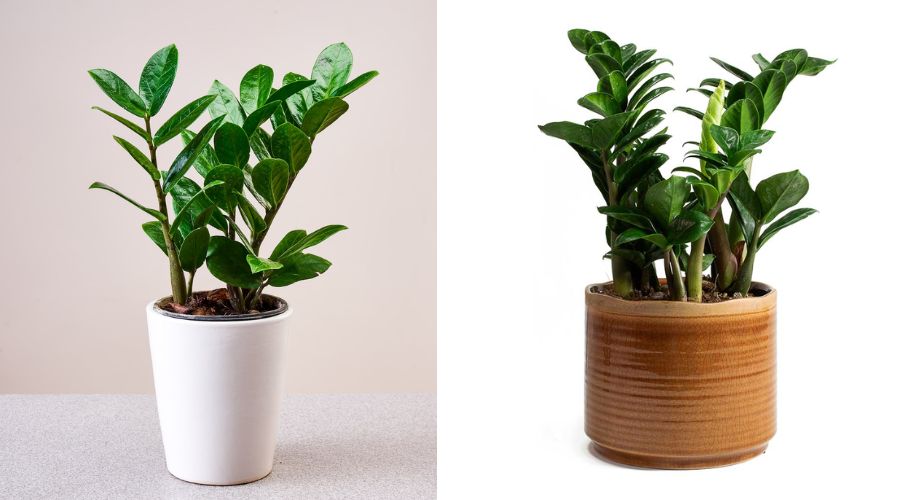
Height: two to three feet
Water: Because ZZ plants have semi-succulent stems that store water, you might only need to water them every two to three weeks. Avoid letting the soil get moist since overwatering can cause more harm than underwatering.
Fertilize: Do it only roughly every three months because they are light feeders.
ZZ’s naturally glossy leaves require little to no maintenance to stay beautiful. All you need to do is keep it in medium-to-bright light and dust it with a moist cloth. It should not be exposed to direct sunlight. Because some components of the plant are harmful, keep it out of the reach of children and pets.
Bonus Plant:
6. PARLOR PALM (Chamaedorea elegans)
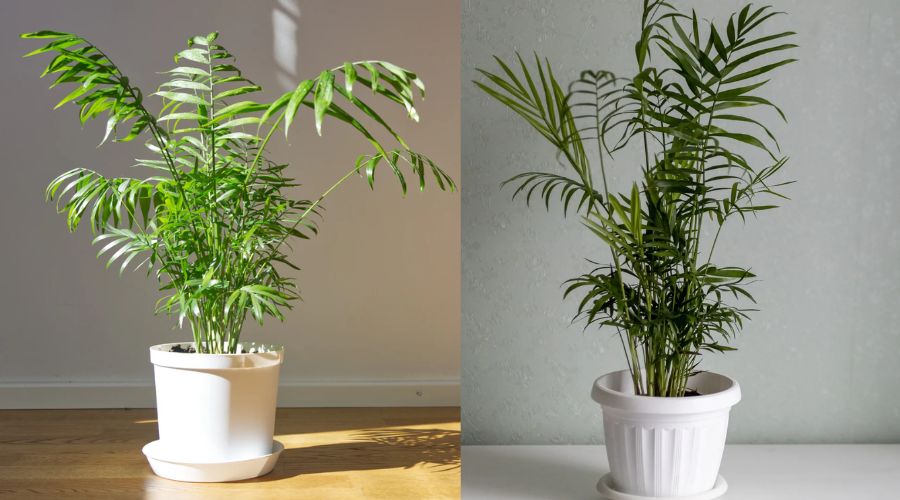
Height: two to four feet
Water: Keep the soil uniformly moist but don’t overwater. When the soil’s surface seems dry, water it.
Fertilize: In spring and summer, fertilize once a month.
It’s a parlor palm indoor plant with a tropical feel. Parlor Palm will thrive in any poorly lit area you have. A normal purr is required to get rid of the bottom stems that progressively turn brown.
Conclusion
Ready to select your favorite plant? Since the first seed catalog was published in 1855, Thompson & Morgan has grown to become the top Mail Order Seed and Plant company in the United Kingdom. By publishing our catalogs and operating our award-winning website, Thompson & Morgan can offer home gardeners the best products at competitive prices. In addition to our well-established UK presence, the brand offers its popular seed line through major European garden centers and operates globally through its global website. For more tips on plants visit www.megafeedz.com
FAQs
AQ1. What is the ideal indoor plant to keep?
Ans: An excellent indoor plant for the house or workplace is the heart leaf philodendron, a hardy vine. It favors indirect light that is mild to low. For optimal irrigation, keep the soil moist and shower the plant occasionally.
Q2. What are the two indoor plants?
Ans: Numerous low-maintenance plants, like pothos and succulents, can tolerate different levels of light. Low-light indoor plants, such as philodendrons and ZZ plants, thrive even at low-light levels.
Q3. Which plant produces oxygen continuously?
Ans: Tropical plants known as areca palms have a maximum height of 35 feet. They are excellent indoor plants that provide oxygen around the clock, which makes them ideal for small houses or for persons who lack the time or energy to maintain enormous trees outdoors. But an areca palm can also be grown from seed.







